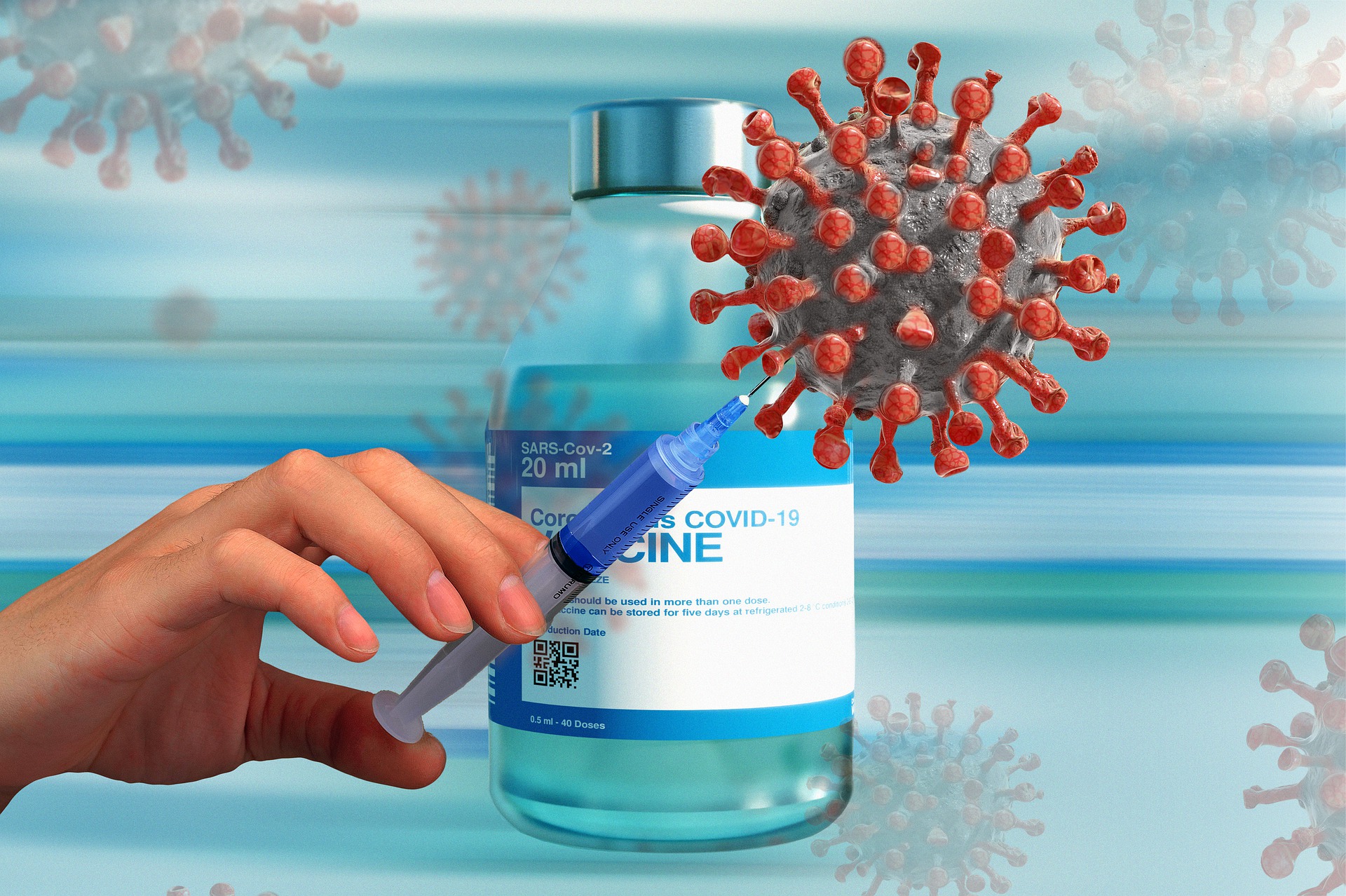What some Austrians are probably looking forward to is Nuvaxovid – the protein-based vaccine from the US manufacturer Novavax. Austria, after all, has ordered 750,000 doses of Nuvaxovid for the first quarter of 2022, with delivery expected in the last week of February. EU approval took time as Novavax struggled with production issues. Ultimately, the European Medicines Agency (EMA) was able to approve nuvaxovid as the fifth vaccine on Dec. 20.
What distinguishes each type of vaccine from the other, and why Novavax’s vaccine is not actually a dead vaccine:
mRNA vaccines
Our immune system is good at attacking the coronavirus at the spike proteins on its surface. Researchers can isolate and artificially copy the blueprint of these protein molecules – known as mRNA or messenger RNA. The mRNA is packed into a fine protective sheath and injected. The body’s cells take up the mRNA and now form spike proteins based on the genetic information. The inoculated cells present the spike proteins on their surface. The immune system becomes active and forms precisely fitting antibodies. This is the principle on which the vaccines from Biontech/Pfizer and Moderna work.
Novavax: Not a dead vaccine, but a protein vaccine
The Novavax vaccine is often commonly referred to as a “dead vaccine.” However, this term is not used consistently in practice. If the definition – as used by the Federal Ministry of Education and Research – is that the vaccine must contain the real virus or at least parts of it (inactivated), Novavax would not be a dead vaccine in the strict sense at all.
This is because the decisive component that is supposed to trigger the immune response was not taken from a real virus in Novavax, but is a genetically engineered virus protein (spike protein). Paul Ehrlich Institute in Germany recommends the term protein vaccine for Novavax.
Alternative for mRNA skeptics
The difference between Novavax and the mRNA vaccines from Biontech/Pfizer and Moderna is that Novavax already contains the spike protein that triggers the immune response. With the mRNA vaccines, the body’s cells make the spike protein themselves based on a “blueprint” provided by the vaccine.
The protein vaccine could be an alternative for people who are skeptical of mRNA vaccines. This is because protein vaccines – just like inactivated vaccines, which are based on killed pathogens: The principles on which they are based have been used for years in other vaccines, such as hepatitis and influenza vaccines.
- hp/sources: krone.at/zdf.de/picture:pixabay.com
This post has already been read 1486 times!



